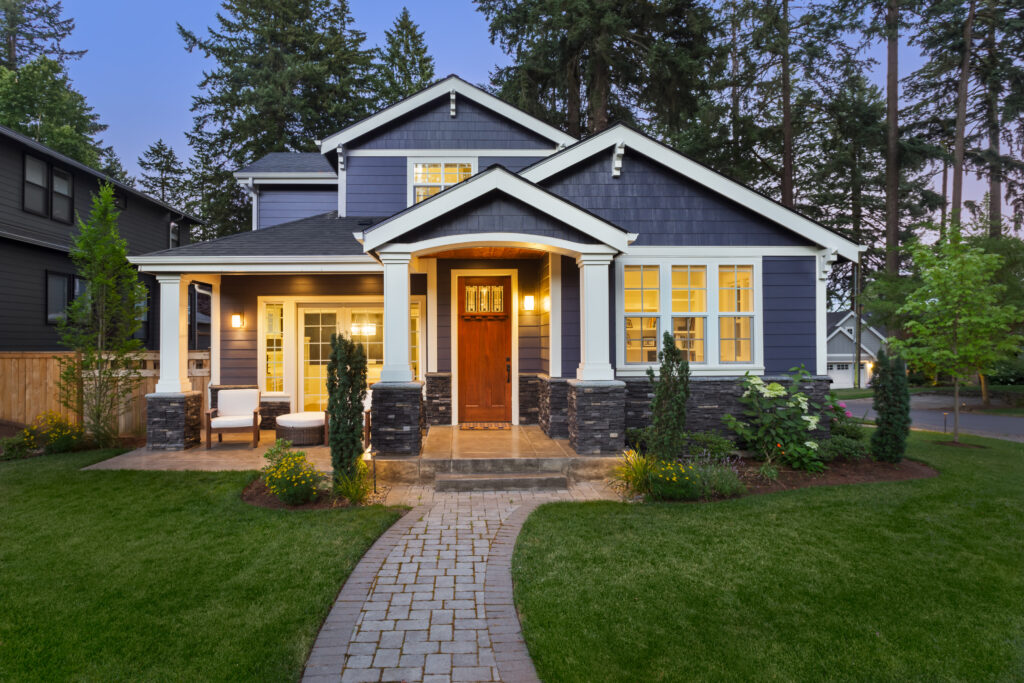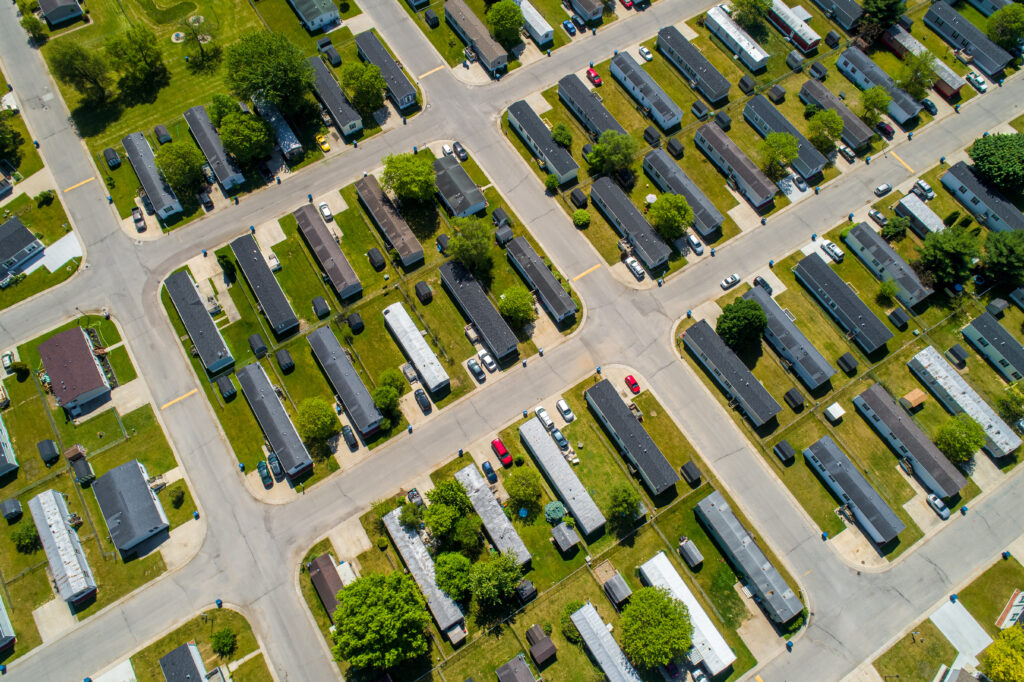14 Jan Manufactured Housing: FLIP-SIDE for Affordable Living
While the rest of the world waits, struggling to make ends meet since the pandemic laid off hundreds of thousands, and the need for affordable housing in America skyrockets, it seems that some communities are backing those who are in opposition to new manufactured housing developments, tiny house communities, or land-lease agreements citing a variety of less than subtle reasons.
The Drop in Price
 Many residents of larger, traditionally built homes that are comparable to the national average of 2600+ square feet and in the $250,000+ price range may argue that adding manufactured housing or tiny homes to their neighborhoods and communities will decrease their
Many residents of larger, traditionally built homes that are comparable to the national average of 2600+ square feet and in the $250,000+ price range may argue that adding manufactured housing or tiny homes to their neighborhoods and communities will decrease theirown property values. However, they have failed to cite America’s need for a more affordable housing market overall.
Forbes noted that Aaron Terrazas, Director of Economic Research for Zillow, stated, “In 2019, the 30-year, fixed rate mortgage will reach 5.8%—territory not seen since the dark days of 2008 when rates were racing downward in response to the housing crisis.”
Manufactured housing has consistently remained at the forefront of off-site homes that will not only provide parcel to lot to parcel value for individual homeowners, but it will also have a much-needed and long-overdue leveling effect on all housing.
Manufactures Housing: Perspective on Parking

Opposing parties cite higher rates of crime and violence in manufactured housing neighborhoods, but William P. McCarty, PhD, Assistant Professor; Department of Criminology, Law and Justice, University of Illinois at Chicago, found otherwise.
McCarty is one of the few researchers who has studied the incidence of crime in proximity to manufactured home communities. He visited as many as 20 communities and spoke to residents each where he identified three types of communities: The upper end of the economic spectrum were places where residents purchased their home and, in some cases, the land, as well. The mid-level communities, where the homes were owned and the land they occupied was leased. And the lower end were parks where residents owned neither the home nor the land.
“Obviously those places that have less investment in the asset is where we would see more issues, more transient populations—just like an apartment complex,” he says.
Crime rates within those communities that did have “issues” were slightly higher than comparable neighborhoods, but not statistically significant when adjusted for population and other factors, according to the findings of his 2010 study, “Trailers and Trouble.”
But even these issues were contained within the parks themselves, McCarty says.
“Those folks who argue those issues are going to spill over into surrounding neighborhoods — we didn’t find any evidence of that.”
The Shift In the previous five decades, our country has seen explosions and recessions in the housing market. Trends are ever changing as is the buyer’s and seller’s markets. Most recently, the US has experienced a rise in interest in tiny and alternative housing that parallelsthe increase in housing costs, median home costs, and rent in large cities.
According to the U.S. Census Bureau, 19% of the manufactured housing market was shipped to Texas in 2017. Alabama is second, with 7% of manufactured homes located within the state.
It should be noted that both rent control and land-lease agreements and coding can make it difficult or even impossible to use manufactured housing as a solution to affordable housing even though their affordability should place them as a top solution to this national crisis.
Manufactured housing and tiny homes represents just two of the few affordable housing production options in our country. According to Dr. Stegman of North Carolina’s housing board, “The low income housing tax credit is the largest subsidized production program providing equity to for-profit and nonprofit developers,” he explained, although this is a smaller impact in comparison to the housing voucher program that helps families afford rent.
“There are two real constraints to manufactured housing,” he added. “First is the placement of units. Zoning and land use controls make it uneconomical to place a home on urban land or difficult to change the zoning.” Regulations on minimum lot size might also mean that the resident might not be able to afford to [buy] land required for the home. “About a third of manufactured homes in the country are in land-lease communities,” Dr. Stegman elucidated. In this instance, the resident owns the manufactured home but rents the land. The manufactured home is set up on a concrete pad on the land, and is often incredibly difficult and expensive to move, rendering more contemporary homes less mobile. These residents in land-lease communities are at a high risk of displacement; a mobile home landlord can receive more cost-effective offers to sell their land to developers.”
In suburbs and rural areas, manufactured homes are often banned, with municipalities changing the rules to remove currently existing communities. By constructing housing in a streamlined, industrial setting, builders can economize on both labor and materials. Despite their reputations as substandard structures, modern manufactured homes have become far sturdier and more energy efficient since the 1970s.
According to CityLab, Manufactured housing also cuts costs by economizing on land. The average lot size in a mobile home park ranges from 960 to 3,600 square feet, while the average site-built home sits on an 8,000-square-foot lot. In cities where demand for housing is high and the cost of land is rising, this prudent use of land can play a big role in cutting costs.
While some municipalities still fight against manufactured home communities or mobile home parks in favor of more modern alternative housing such as tiny houses, manufactured housing remains the most economical solution to affordable housing in terms of both buyingand building. With southern states dominating the charts for use of manufactured housing as proof, since the same states are among those with the largest numbers in need of affordable housing options. Land size restrictions, land-lease agreements, and zoning are still causing problems for manufactured housing in many areas across the US, but the use of manufactured housing has more benefits than drawbacks and should be considered as a possible solution to the
growing epidemic of homelessness and affordable housing alternative needs in America.
If you enjoyed this blog post, check out one of our other blogs about Manufactured Housing.

Sorry, the comment form is closed at this time.